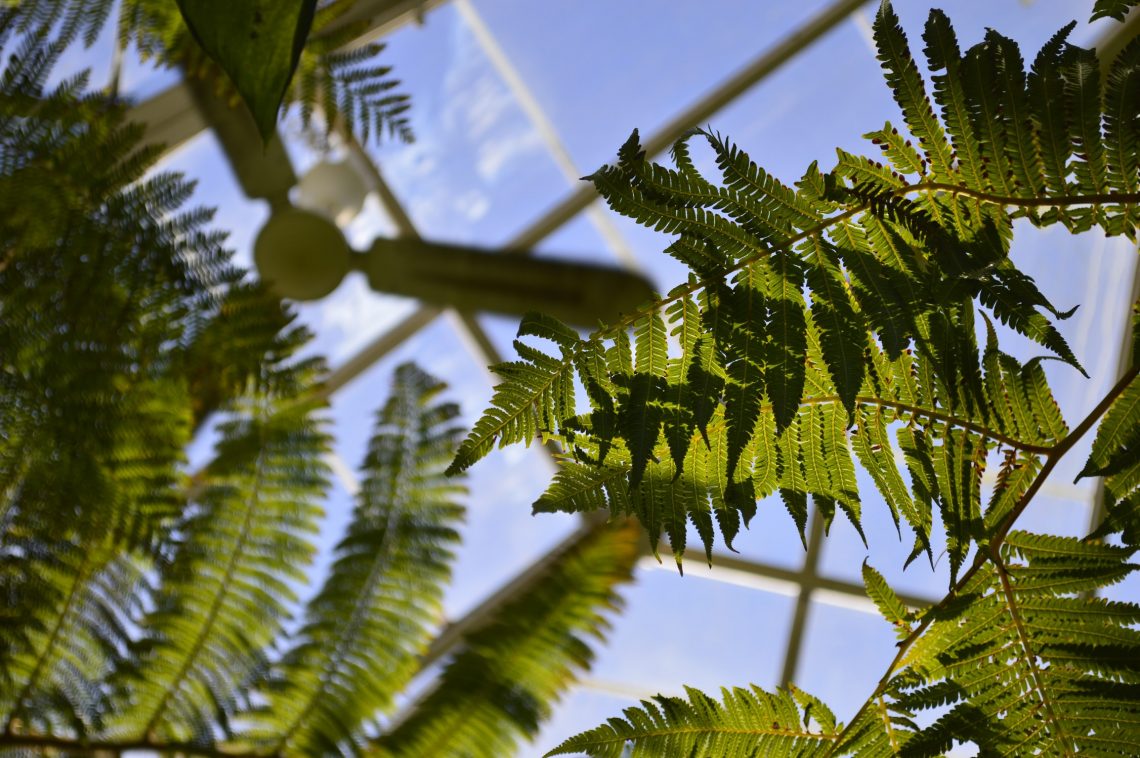
Indoor Air Quality
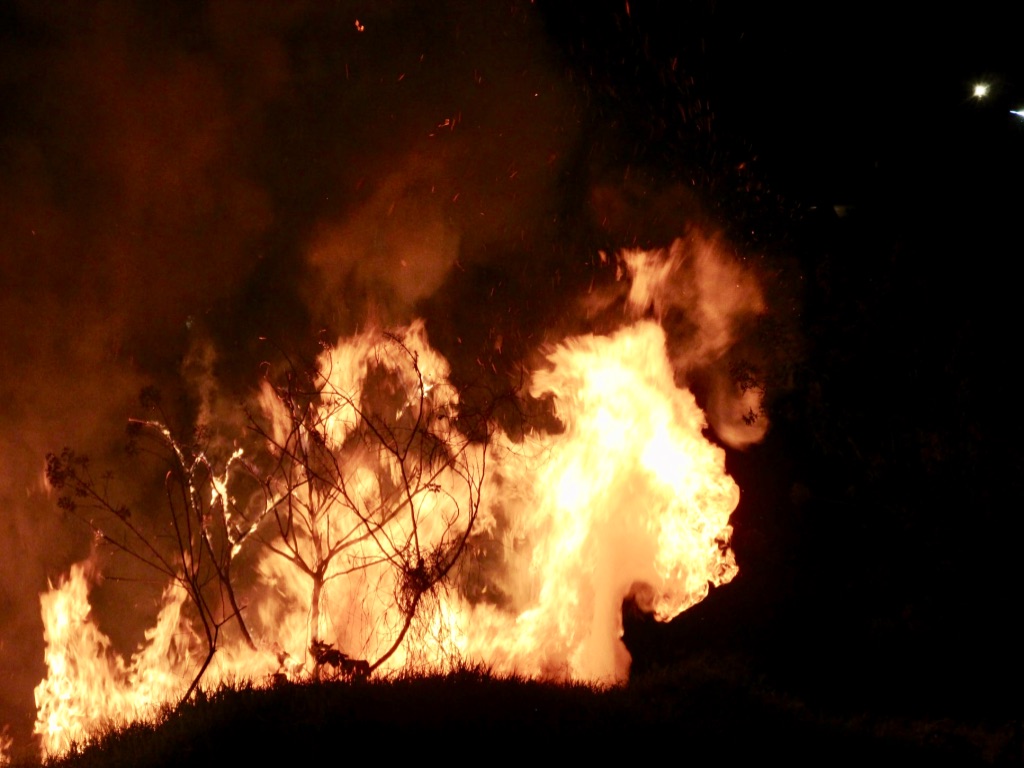
As the wildfires in the western United States continue to ravage the area, more and more people are being affected by the smoke and ash they produce. Concern over poor air quality is heightened for those living in the area, particularly for people with allergies and asthma. Not only are families having to manage the threat of destructive fires spreading, but also the smoke and pollutants filtrating through their homes and cars. Here are some tips we’ve researched to improve families’ indoor air quality.
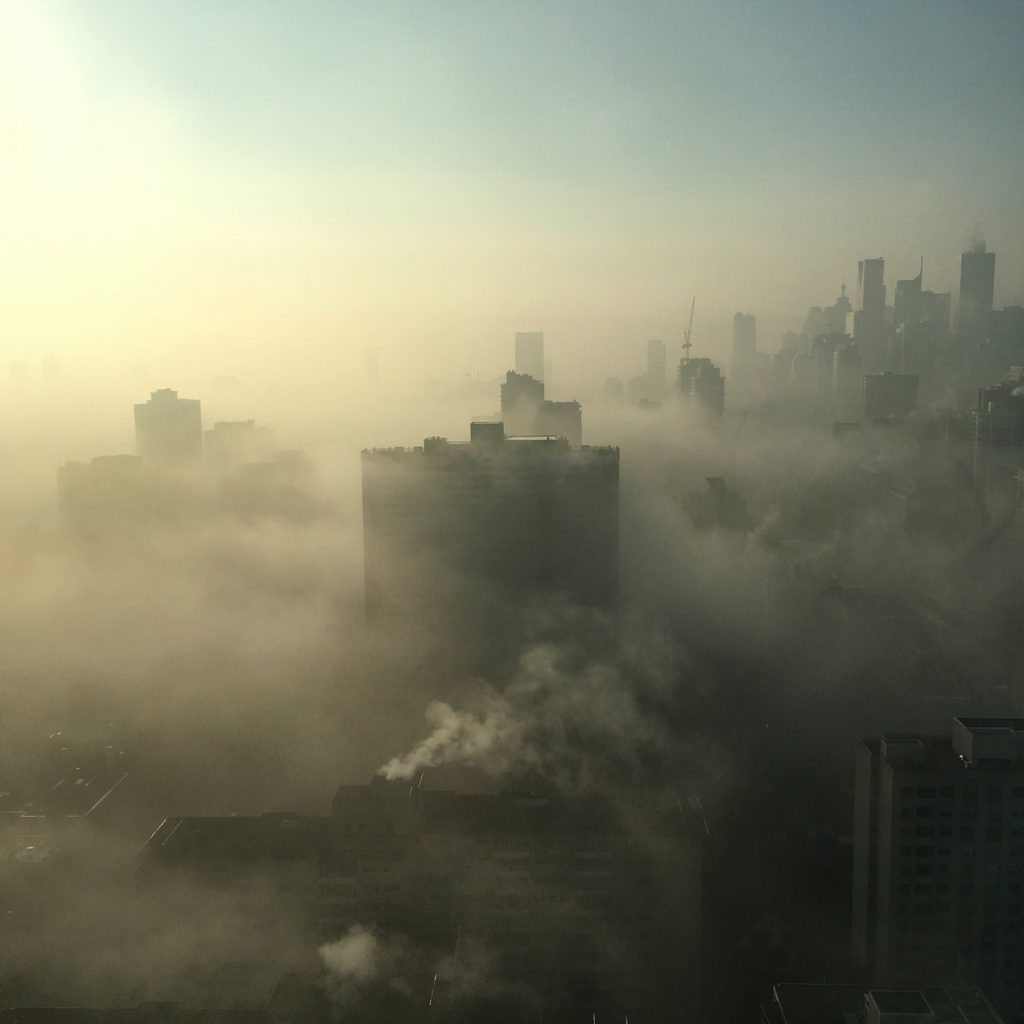
Unhealthy Air Quality
Because of code red or “high” air quality alerts, families are forced to stay indoors with windows closed. This makes the use of air conditioning inevitable. Filters in the HVAC system of your home are an imperative tool to keep family members healthy. It’s important to check the MERV (Minimum Efficiency Reporting Value) of the filters in your home. MERVs report a filter’s ability to capture larger particles – the higher the value, the better the filter. Ratings range from 0-16 for heating and air conditioning filters. Most homes have a MERV value of 7-12 while hospitals use filters with a value of 13-16. The right MERV rating on the right filter could strongly impact your indoor air quality, your family’s health and your lifestyle. According to health experts, home HVAC filters should be in the range of 10-16 to efficiently improve your home’s air quality. Not only should the MERV value be assessed, but also changing the filters regularly is important. So, check your filters today. Replace old ones if needed or change lower MERV filters with newer, higher MERV filters.
Air purifiers to improve air quality
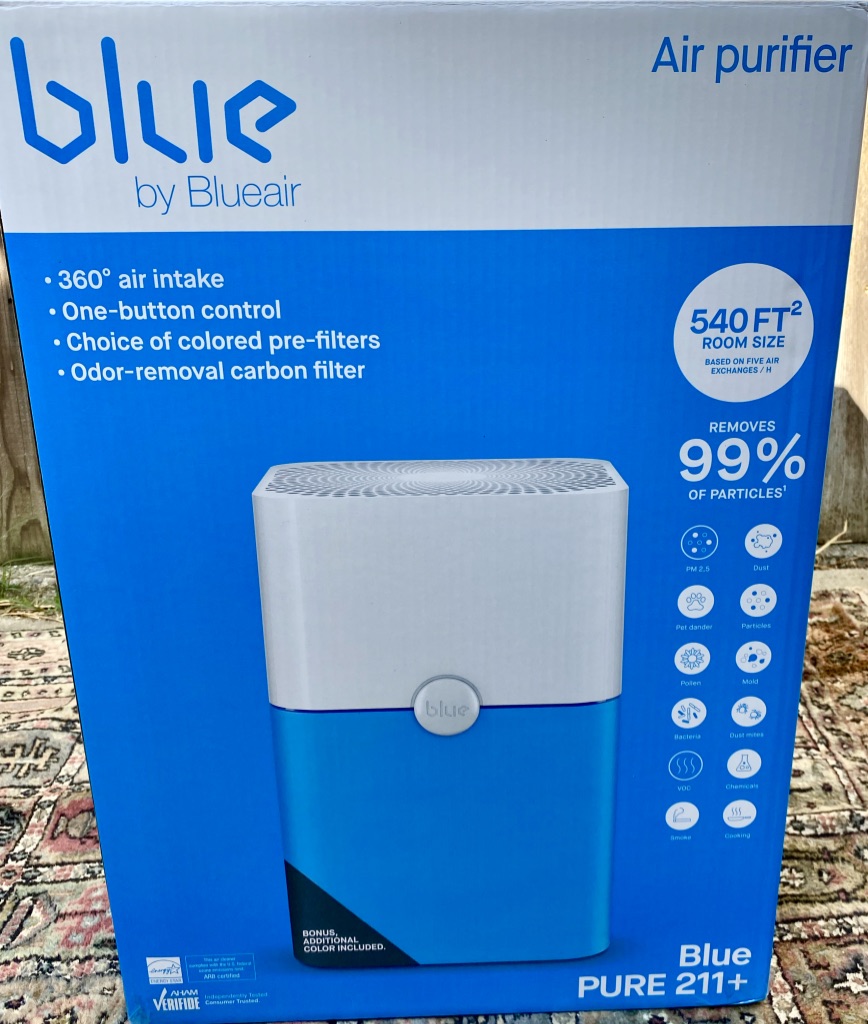
Most experts agree the safest and best filters are HEPA (High Efficiency Particulate Air) filters. A HEPA filter can remove at least 99% of dust, pollen, mold, bacteria, and airborne particles. These filters have a unique design that allows particles to get trapped by the curved contours of the filter. Although better at capturing pollutants in the air, the HEPA filters are more costly for homeowners because the blower on your HVAC system has to work harder using more energy. Although during this difficult time of exceptionally poor air quality and code red alerts, it may be worth the extra cost. You can always change back to a MERV filter once the air quality improves.
Air filters in cars
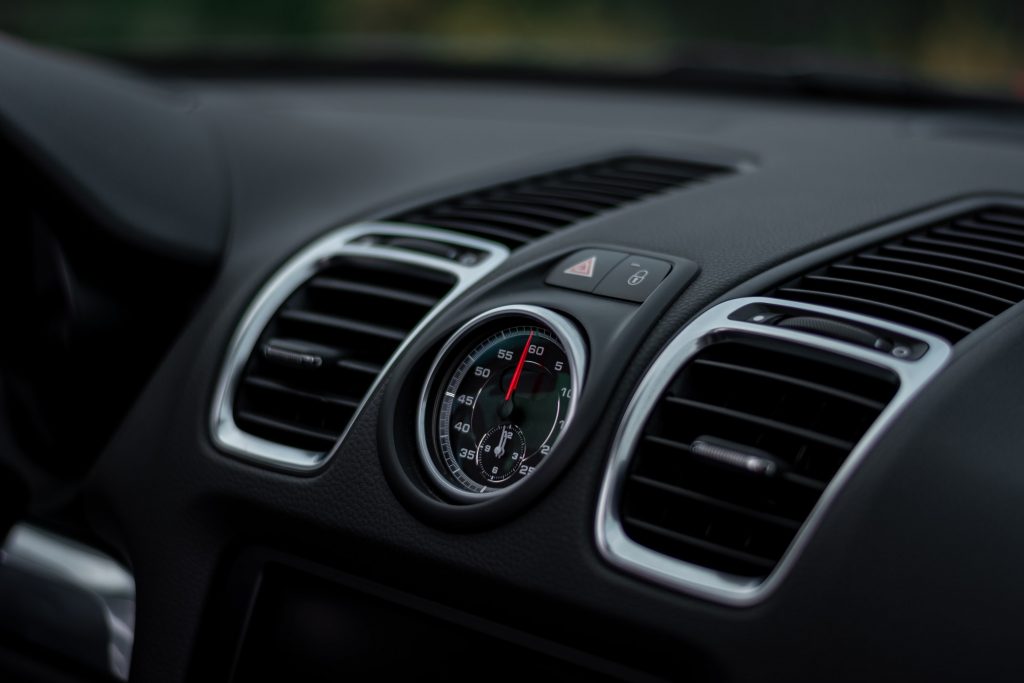
Finally, for families traveling or carpooling during these times of harmful air quality, it’s important to make sure your car’s filtration system is efficiently capturing pollutants as well. According to Bosch Cabin Air Filters, “Our filters are designed and tested to meet High Efficiency Particulate Air (HEPA) standards and provide filtration efficiency of 99.97%. This efficiency provides ultimate protection in trapping allergens, dust and other particulates that can enter your vehicle and provides the cleanest air possible for you and your family.” You can check the filter yourself to be sure it’s clean and meeting efficiency standards by looking under the hood of your car. The filter is found inside a rectangular box called a cold air collector box. The air filter is usually close to the front of the vehicle, near the inside of one of the fenders. Or, you can take your vehicle up to your local car mechanic for a quick check. You can purchase a new filter and replace the used one. The cost for a new filter with labor is typically between $20-$50 depending upon the make and model of your car. It’s recommended to change your filter every year or 20,000 miles for best performance.
Trouble breathing
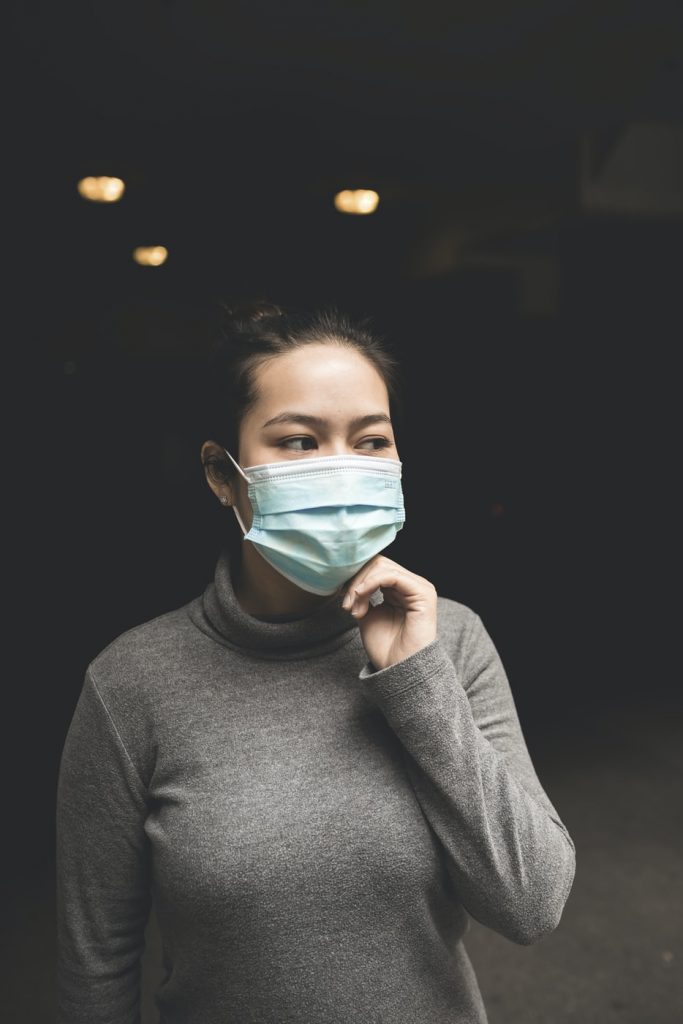
During these difficult times, breathing clean, pure air is a necessity for us all. By checking and changing your filters in your home and car, you can be sure the air your family breathes is safe and healthy. Do you have suggestions to improve the air quality in homes and cars? Will you share your advice and tips with us? Connect with us on Instagram @MapsCookingKids or on Twitter @MapsCookingKids. Until next time, Agape, be kind, and happy parenting!





